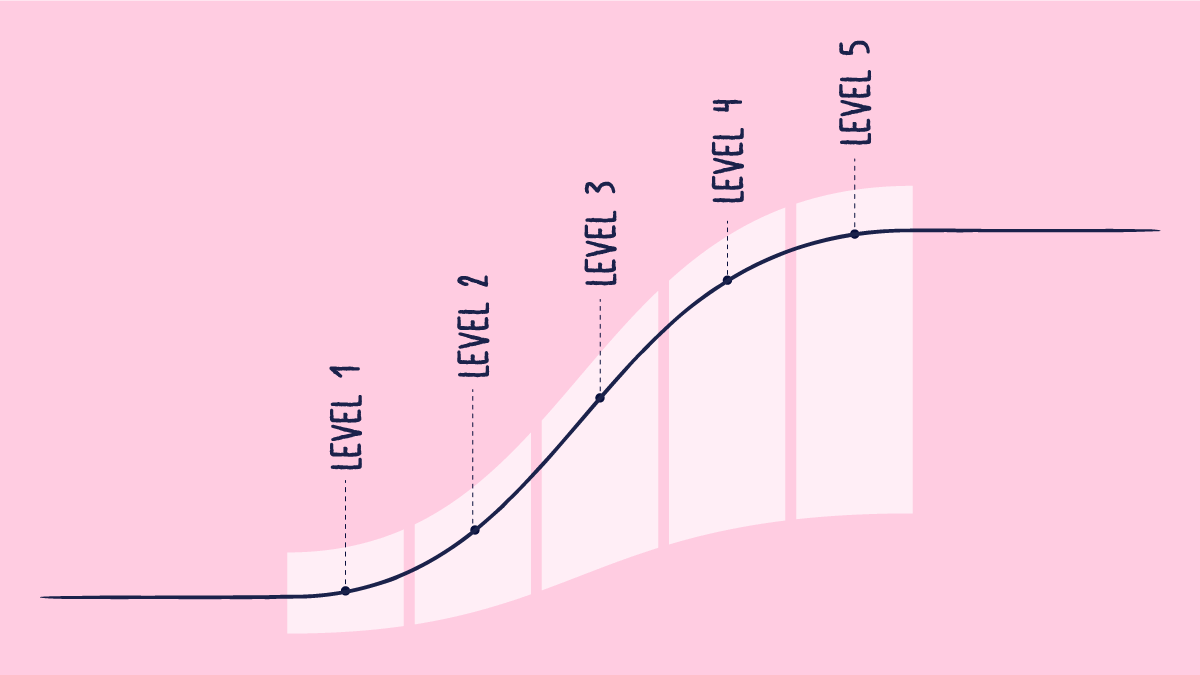Active pharmaceutical ingredients (API)
Active pharmaceutical ingredients are the medically active substances in a drug that cause the therapeutic effects of the medication. These substances are carefully monitored and tested to ensure accurate bioavailability, safety, and performance.
In most drugs, active pharmaceutical ingredients (APIs) are mixed with excipients such as binders, flavoring agents, fillers, preservatives, etc., to create the required shape, flavor, route of administration, and form.
Role in pharmaceutical drugs
Pharmaceutical drugs contain a mass of APIs to create the intended pharmaceutical effect. The API is the substance named in the drug's generic name. The drug name and API are often used interchangeably.
API comes in different states, such as solid powders, crystals, liquids, etc. This pure form is then combined with other materials to achieve the resulting medication form, such as tablets, syrup, inhalers, etc.
Medications are primarily formulated using APIs as the primary ingredient. This facilitates dosage calculations, drug metabolism analysis, bioavailability, and half-life calculations. Knowing the exact amount of API in a drug is also incredibly important for pharmacovigilance.
The composition of a drug often depends on the type and absorption route of the API. The excipient ingredients are also chosen based on whether they react with the API. If any drug ingredient reacts with the API, it reduces the amount of active ingredient available for absorption and fails to achieve the desired effect.
Types of active pharmaceutical ingredients
There are two types of APIs: natural and synthetic. Natural APIs are less common and are used in biologics like vaccines. Synthetic APIs are used in most medicines and are also called small molecules.
APIs can also be divided according to their solubility: insoluble and soluble. Soluble APIs are easily dissolved and subsequently absorbed by the body. Insoluble APIs need help from other materials for proper absorption of the therapeutic dose.
What is the difference between API and excipients?
APIs and excipients are both important parts of a drug. APIs are the active ingredients of a drug. These components are responsible for exerting the desired effect of the drug in the body. APIs are usually made from well-defined chemical substances in a carefully monitored process.
Excipients, on the other hand, are the inactive substances of a drug. Excipients fulfill many functions. They can be fillers to create bulk, diluents to achieve the necessary consistency, disintegrants for proper absorption, lubricants, flavors to make the medication taste better, preservatives, etc. Excipients, unlike API, are sourced from natural materials. They are usually inert and do not react with active substances or other drugs.
Manufacturing Practices and Quality Standards
API manufacturing is a complex process with several steps. The entire process is rigorously quality-maintained to ensure the safety and efficacy of the manufactured API.
WHO provides a prequalification procedure for ensuring quality in API manufacturing. A prequalified API is considered safe for use in pharmaceutical products, and the subsequent finished pharmaceutical product approval is smoother. The WHO prequalification process involves assessing the API Masterfile and inspecting the manufacturing site to ensure that it meets good manufacturing practices and international standards. The APIMF contains details of all manufacturing and quality control during the production process.
Good manufacturing practice (GMP) ensures that manufacturing organizations can produce API of good quality, avoiding the risk of contamination, loss of product value, or errors. Modern API production is intricate in nature and requires advanced methods like continuous monitoring. Following GMP regulations and proper record-keeping puts manufacturers in a safe position.
For example, GMP requires organizations to establish a quality unit for both quality assessments and quality control. These specialized units ensure that each API unit leaving the manufacturing facility is standardized and bears a minimum risk.
Following GMP methodically also ensures safety in case of adverse events and litigation. Safety and performance are also ensured.
Regulatory requirements
Since APIs are at the center of drug development and manufacturing, their quality control is a priority for all international pharmaceutical organizations. The European Union and the USA also emphasize it heavily.
EU requirements are similar to those of the WHO and international standards. Strict risk management and quality management systems are employed in EU facilities to ensure API manufacturing excellence.
Conclusion
Active pharmaceutical ingredients are responsible for accurate and timely intervention and treatment of disease conditions. They hold extreme importance in both the pharmaceutical and public health industries. Faulty products, ineffective APIs, contamination, faulty packaging and storage, etc., can result in disastrous consequences. This is especially true for APIs that treat common conditions and are sold over the counter. As such, familiarisation with API regulations and GMP is critical.
Additional resources

How to Implement the Continuous Improvement Cycle | Scilife
Even an organization with stellar leadership and a solid core of employees experiences hiccups from time to time. Despite having assembled all the ...

How to assess and enhance your Quality Management Maturity | Scilife
As the life sciences industry becomes increasingly regulated and competitive, quality management has become more vital than ever. Are you confident ...

Best Quality Management Software (QMS) for Life Sciences | Scilife
The right electronic Quality Management System (eQMS) can help strengthen your compliance processes and build a culture of quality within your ...

How to write a good quality plan for medical devices | Scilife
In life sciences, especially if you’re in the medical device industry it becomes harder to manage projects in accordance with your company’s quality ...
Turn quality into your brightest asset with Scilife


